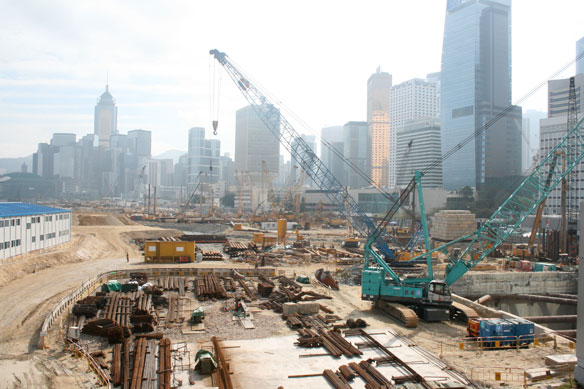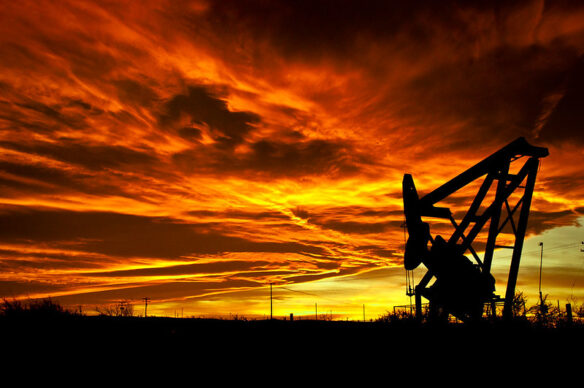
Land reclamation, Hong Kong. Photograph: © SAF – Coastal Care
Excerpts;
About 6 per cent of city is reclaimed land, and while extending the shoreline of a land-starved society seems ever more attractive, critics say it would not solve housing issues. At the same time, conservation groups such as WWF and Greenpeace say reclamation is environmentally catastrophic…
Read Full Article, SCMP (07-29-2018)
Green group says only 30% support land reclamation for housing; Hong-Kong Free Press (07-03-2018)
Interactive map visualises 150+ years of land reclamation in Hong Kong
Hong Kong’s Government Is Spending Billions Taking Land from the Sea; Motherboard – Vice (11-10-2017)
Through expensive, time intensive, and complicated land reclamation projects, Hong Kong is continually extending out and into the water, where there wasn’t land before…
Such Quantities of Sand, The Economist (07-27-2015)
Asia’s mania for reclaiming land from the sea spawns mounting problems…
Built on Sand: Singapore and the New State of Risk, Harvard Design Magazine (09-07-2015)
The island’s expansion has been a colossal undertaking. It is not merely a matter of coastal reclamation: Singapore is growing vertically as well as horizontally. This means that the nation’s market needs fine river sand—used for beaches and concrete—as well as coarse sea sand to create new ground…
Sand, Rarer Than One Thinks: A UNEP report (GEA-March 2014)
Despite the colossal quantities of sand and gravel being used, our increasing dependence on them and the significant impact that their extraction has on the environment, this issue has been mostly ignored by policy makers and remains largely unknown by the general public.
In March 2014 The United Nations released its first Report about sand mining. “Sand Wars” film documentary by Denis Delestrac – first broadcasted on the european Arte Channel, May 28th, 2013, where it became the highest rated documentary for 2013 – expressly inspired the United Nations Environment Programme (UNEP) to publish this 2014-Global Environmental Alert.
Sand Wars, An Investigation Documentary, By Multi Award-Winning Filmmaker Denis Delestrac (©-2013)
As of 2011-2012, when investigative filmmaker Denis Delestrac and team, were first collecting and unveiling sand mining datas and information from the professionals involved, the Sand business was estimated to be a $70 billion industry, worldwide…!—Denis Delestrac (©-2013)
“Sand is the second most consumed natural resource, after water. The construction-building industry is by far the largest consumer of this finite resource. The traditional building of one average-sized house requires 200 tons of sand; a hospital requires 3,000 tons of sand; each kilometer of highway built requires 30,000 tons of sand… A nuclear plant, a staggering 12 million tons of sand…”









